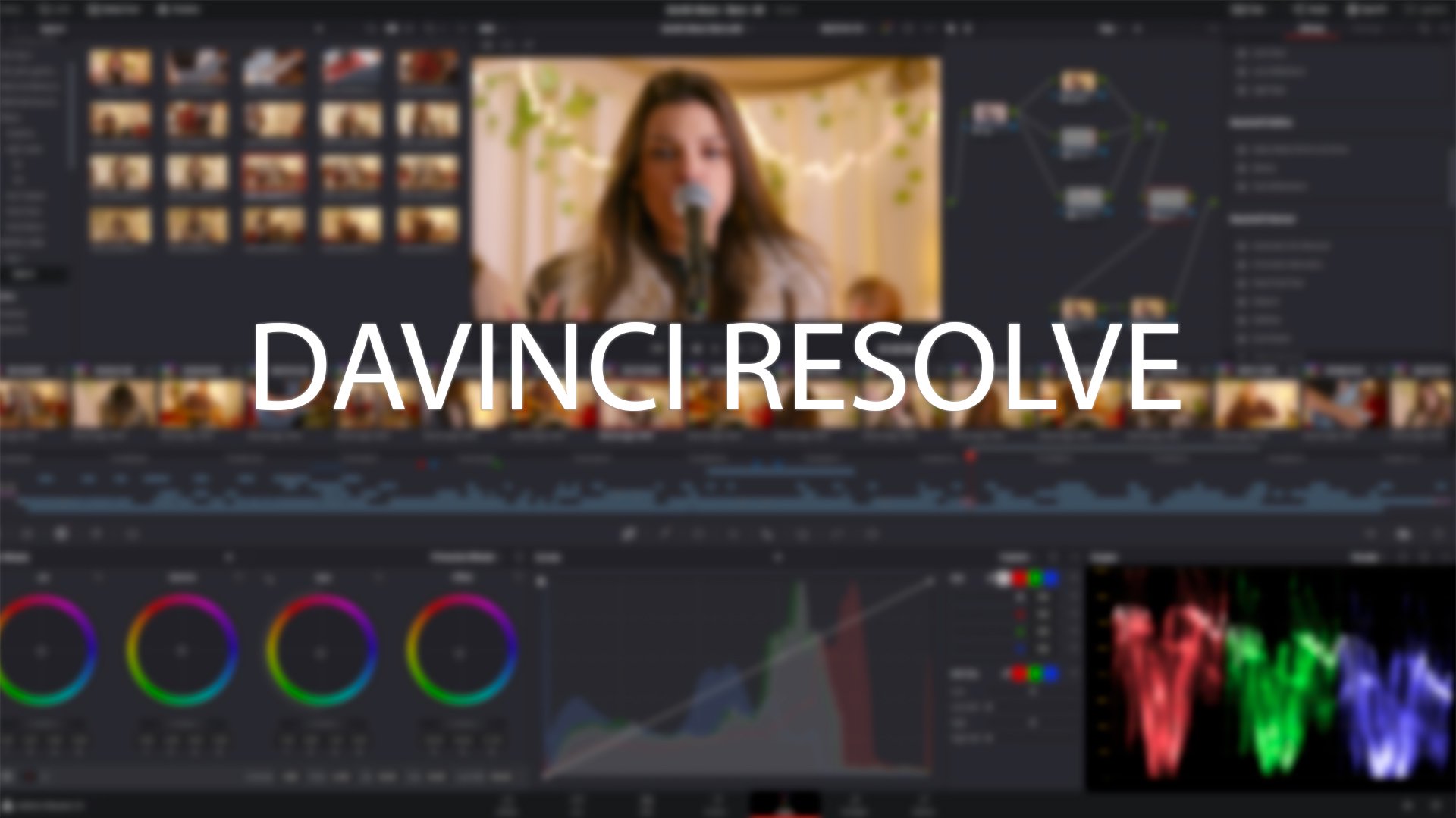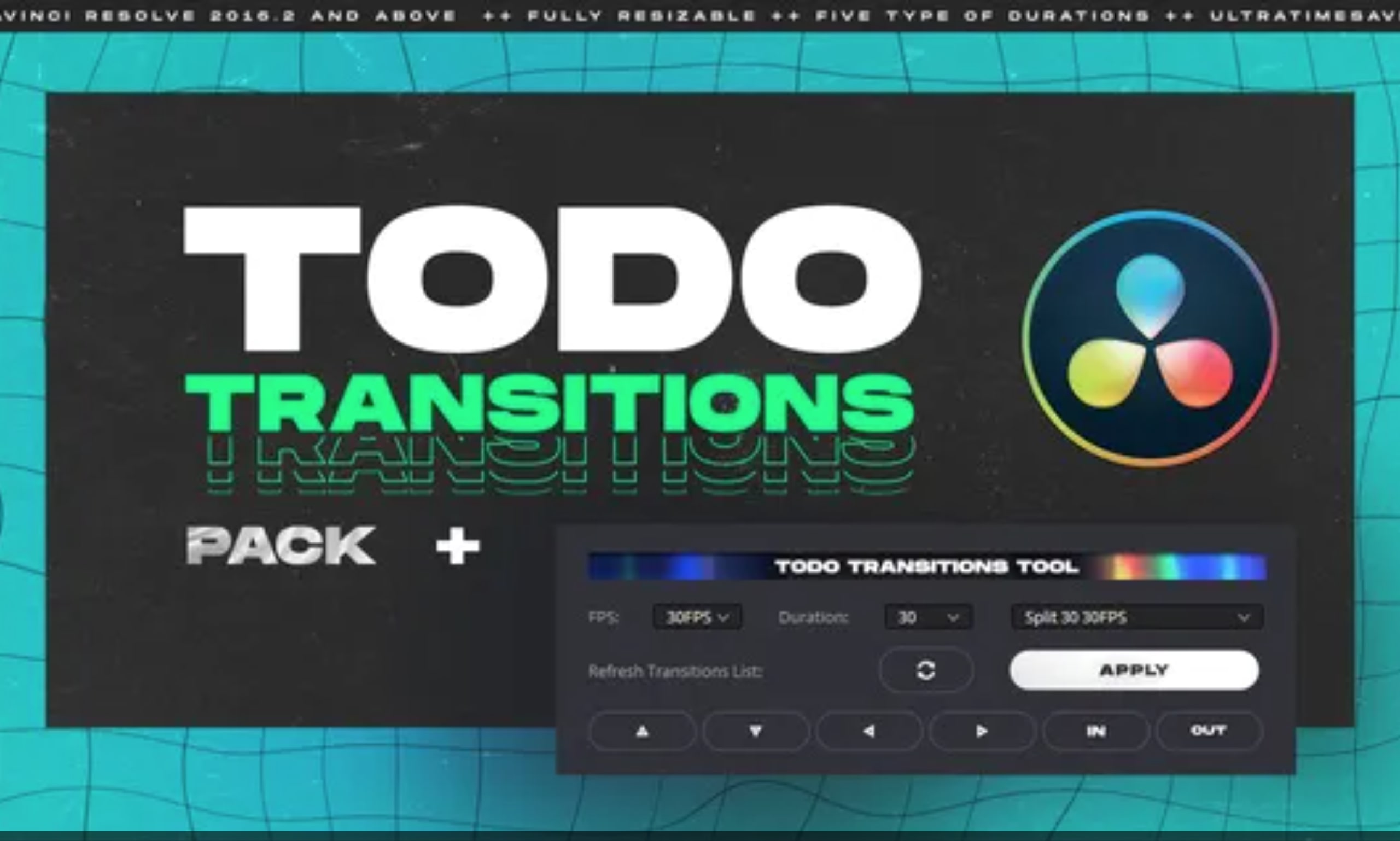

You can edit your transitions to be longer or shorter, change colors or effects, or swap transitions entirely. Make sure you have a few extra seconds on each clip to allow your transition enough time to complete. If a white box appears instead of a transparent box or no box appears, it likely means that one of the clips you’re trying to apply the transition to is too short. A transparent box will appear between the clips you applied the transition to. Drop it over the clips you’d like to place the transition on or between.

Select the transition you want to use, then drag it to your timeline. This will display all your installed video transitions. Go to “Video Transitions” and open the folder. You should see this in the upper left-hand corner of your workspace next to the “Media Pool” icon. To apply transitions to your clips in DaVinci Resolve, first, open the Effects Library. Once you have a timeline with all the clips you’ll be using for your project, arrange and edit your clips as you’d like them to appear in the final export by dragging and dropping as well as using DaVinci Resolve’s editing tools to trim, resize, and create other appropriate changes. This will create a new timeline with settings that match those of your selected clips. Next, select “Create New Timeline from Selected Clips” in the drop-down menu that appears. Select all the files you’d like to import to create your project.Ĭreate a new timeline in DaVinci Resolve by selecting all the clips you’d like to put on the timeline and right-clicking (or hold down Ctrl while clicking) the selected clips. To do this, either go to “File” then “Import” and select the footage you’d like to import or use the keyboard shortcut Cmd + I to open up the import window. Step 1: Import Your Footage into DaVinci Resolve All you’ll need is your footage (including any graphics or other elements you want to include in the transition) and DaVinci Resolve’s included transitions or a transition template you’ve installed (we’ll get to that later).

Even if you don’t want to use this exact transition, the techniques shown in the video can be applied to a lot of different uses, so it’s well worth a watch, to learn how some of the different nodes work.Adding transitions in DaVinci Resolve is relatively simple.

If you stick with it, nodes are extremely powerful, and in this case, the final result is very effective. Those coming from the 3D world, and particularly Blender, will have little trouble making the transition. But Resolve isn’t the only application to use nodes.
#DAVINCI RESOLVE EFFECTS TRANSITIONS PRO#
Node-based workflows differ greatly to the layer-based workflows found in other editors like Premiere Pro or Final Cut Pro and even photography applications like Photoshop and Affinity Photo (I do wish somebody would make a node-based photo editor). But what might make it seem a little more daunting for newer users is the node-based workflow Fusion employs. But when you break it down, it’s really no more complex than the stuff Andrew Kramer’s been doing for years with After Effects on Video Copilot. If you’re very new to Resolve or motion graphics and visual effects in general, then this tutorial is going to seem pretty in-depth.


 0 kommentar(er)
0 kommentar(er)
